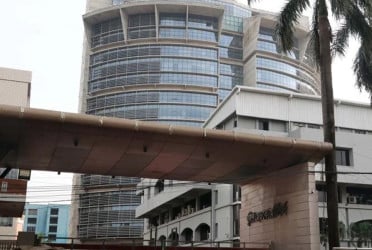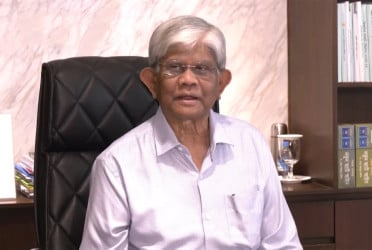Judgments or order of the Supreme Court must be published with the signature of the judge within a maximum of six months after its announcement, aiming at reducing the suffering of litigants and lawyers.
No judge including the chief justice will sign any judgment or order after retirement, the Judicial Reform Commission (JRC) made these recommendations in its final report.
Besides, the JRC also believes that there should be specific policies instead of the sole power of the chief justice in the reconstitution of the High Court Division benches.
Similarly, to maintain transparency in the proceedings of subordinate courts, the report has asked the judge to announce the verdict and order in open court in every case in light of the directions of the law. The JRC report has proposed publishing the PDF copy of the verdict or order on the website by 6 pm on the day of announcement.
The commission led by Justice Shah Abu Noyeem Mominur Rahman submitted its report on 5th of February to the chief adviser. In the court management chapter of the report, the proposals were made.
The 352-page report has put forward various recommendations and proposals on judicial reform in 31 chapters. The JRC said that currently no specific time limit is followed for signing judgments or orders, creating sufferings for the litigants and lawyers.
Although the code of conduct for judges in the Sixteenth Amendment to the Constitution states that the judgment should be signed within a maximum of six months after the announcement of the judgment, in practice it is not strictly followed. Apart from this, there is no time limit mentioned for signing the order in the case.
Hence, the JRC has proposed that a specific time frame should be set by amending the ‘High Court Rules’. The report states that a Supreme Court judgment should be published with the signature of the judge within a maximum of six months after its pronouncement. Before a judge retires (if necessary, by taking a break from judicial work), s/he shall finalize and sign all the orders and judgments s/he has given. After retirement, a judge shall not sign any judgment or order. The JRC believes that this provision should also be applicable to the Chief Justice.
If the mentioned time is not followed, the concerned judge will be held accountable through the Supreme Judicial Council.
The report further states, the initial order in any case of the High Court Division must be published within a maximum of five working days of its announcement. The order must be published in the order of announcement with the signature of the concerned judge. And after the announcement of the interim order, it must be published within a maximum of 10 working days.
Regarding the sole power of the Chief Justice in the constitute of the High Court bench, the report states that according to Article 107(3) of the Constitution, “Chief Justice shall determine which judges are to constitute any Bench of a division of the Supreme Court and which judges are to sit for any purpose.”
Although there are some provisions regarding the constitution of the bench, the Chief Justice mainly exercises this power alone. In the interest of transparency and orderly management, there needs to be a specific policy in this regard. That is, judges, lawyers and litigants must have a clear idea about the formation and reconstruction of the bench based on certain considerations.
In the subordinate court management chapter, the report states that litigants have the right to know the outcome of the case. For this, the outcome of the case should be mentioned in the digital ‘cause list’ (court agenda) as soon as the decision is made and published on the website of the district court.
A PDF copy of the judgment or order should be uploaded to the website by 6 pm (on the day the verdict is given). The JRC said that as many cases should be kept for hearing every day as it is possible for a judge to hear or take evidence. To maintain transparency in the court proceedings, the judge should announce the judgment and order in open court in each case in light of the directions of the law. For the speedy disposal of the case backlog in the subordinate court, maximum utilization of daily working hours is required.
Translated by Afsar Munna



































































